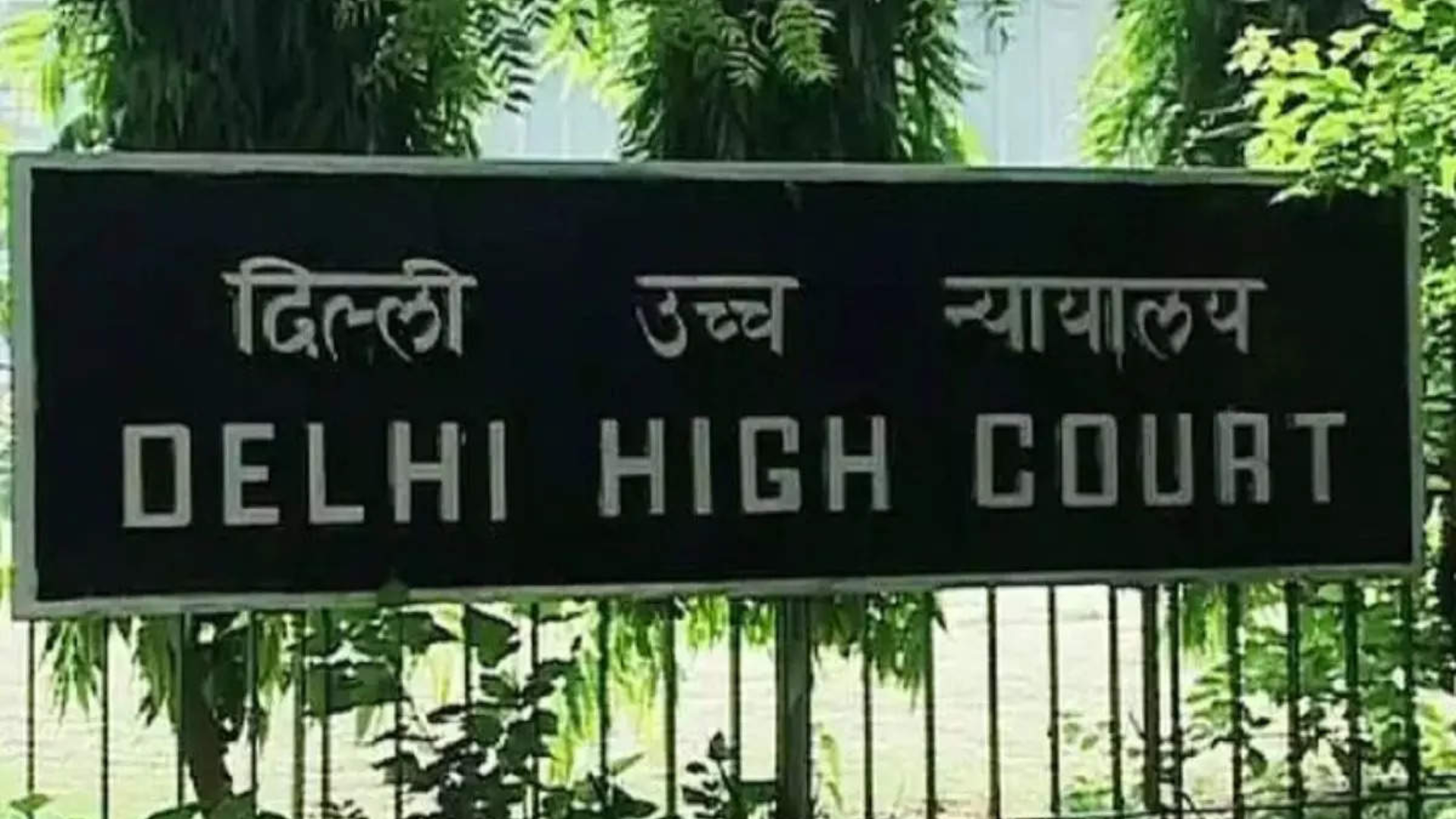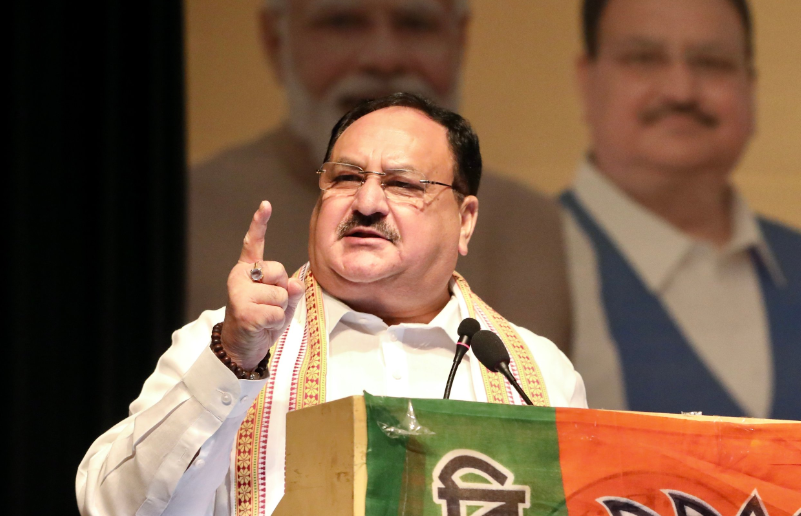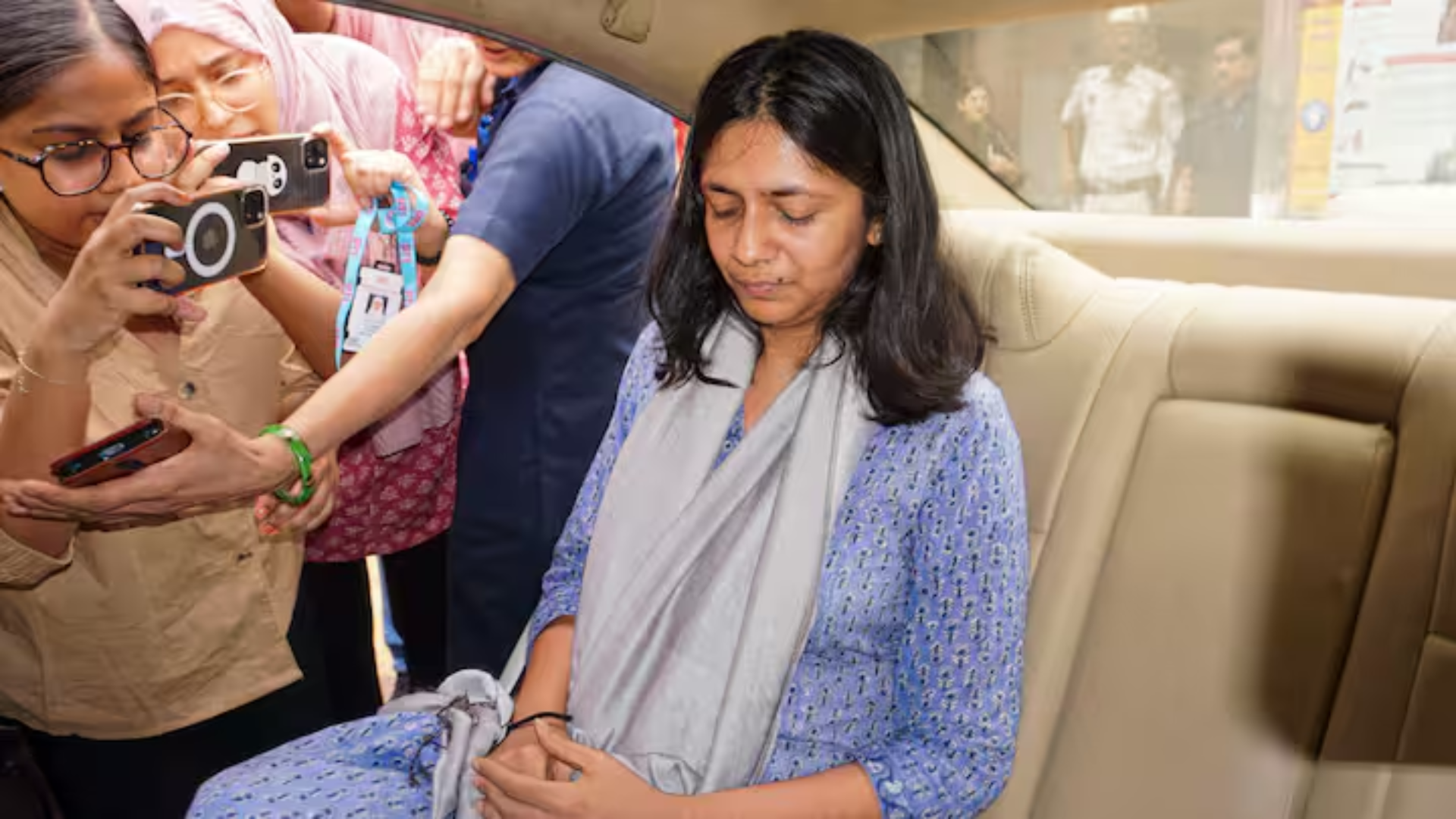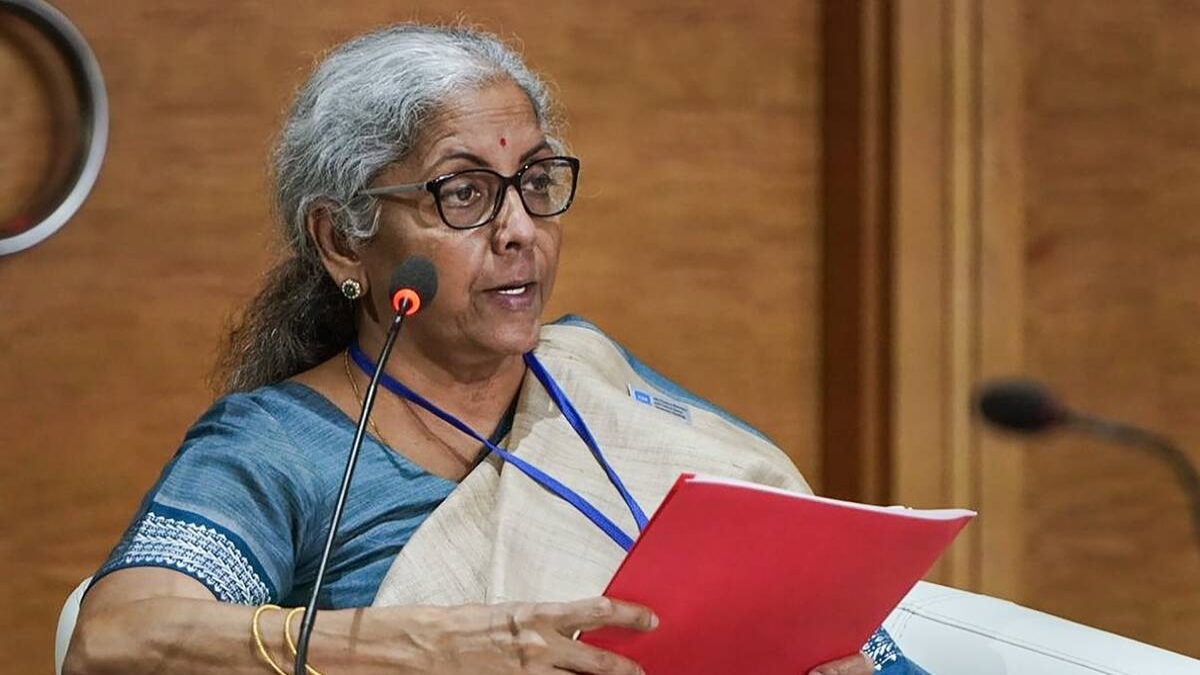










During her official visit to the United States, Union Finance Minister Nirmala Sitharaman paid a visit to NASA’s Goddard Space Flight Center in Greenbelt, Maryland.
She was accompanied by the Ambassador of India to the US Taranjit Singh Sandhu. “Smt @nsitharaman visits the NASA’s Goddard Space Flight Center (@NASAGoddard) in Greenbelt, Maryland during her official visit to the US. The Finance Minister is accompanied by Shri @SandhuTaranjitS, Ambassador of India to the US & senior officials of Government of India,” tweeted Nirmala Sitharaman Office.
Dr. Makenzie Lystrup, Director of NASA’s Goddard Space Flight Center, Ray Rubilotta, Associate Center Director at NASA Goddard, and Dr. Michelle Thaller, Astrophysicist, gave her presentations about various activities at NASA Goddard.
NASA’s Goddard Space Flight Center (GSFC) Hyperwall is a video wall that can display multiple high-definition data visualisations and images on multiple screens at the same time.
NASA’s Goddard Space Flight Center (GSFC) Hyperwall is a video wall that can display multiple high-definition data visualisations and images on multiple screens at the same time.
Recently, NISAR (NASA-ISRO Synthetic Aperture Radar) received a send-off ceremony at NASA’s (National Aeronautics and Space Administration) Jet Propulsion Laboratory (JPL) in California, US.
NISAR is an Earth-observation satellite that stands for (NASA-ISRO Synthetic Aperture Radar).
It is Jointly developed by the National Aeronautics and Space Administration (NASA) and the Indian Space Research Organisation under a partnership agreement signed in 2014.
Over the course of its three-year mission, it will scan the globe every 12 days, imaging the Earth’s land, ice sheets, and sea ice to provide an unprecedented view of the planet.
NISAR will detect subtle changes in the Earth’s surface, assisting researchers in better understanding the causes and consequences of such phenomena.
It will detect natural disaster warning signs such as volcanic eruptions, earthquakes, and landslides.
The satellite will also measure groundwater levels, track glacier and ice sheet flow rates, and monitor the planet’s forest and agricultural regions, which will help us better understand carbon exchange.
ISRO will use NISAR for a variety of purposes, including agricultural mapping and monitoring of Himalayan glaciers, landslide-prone areas, and coastal changes.









